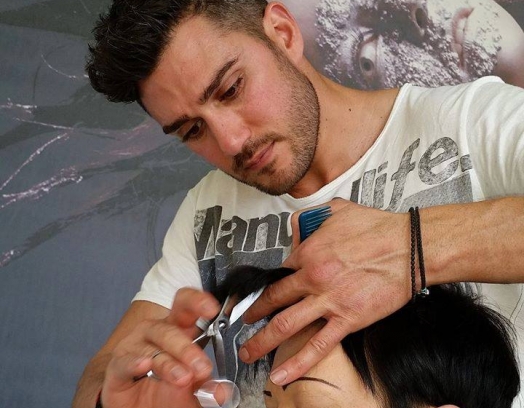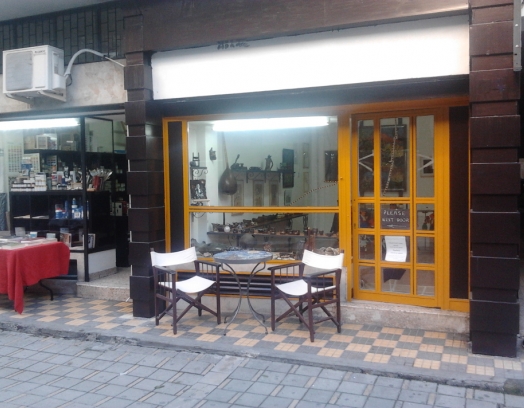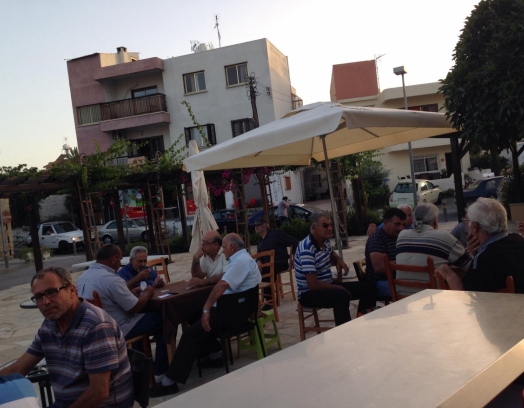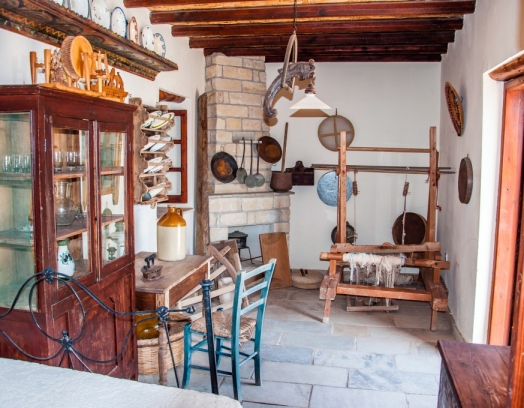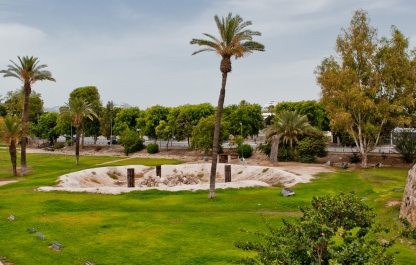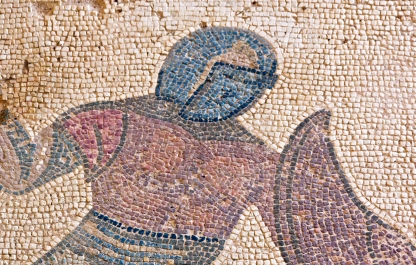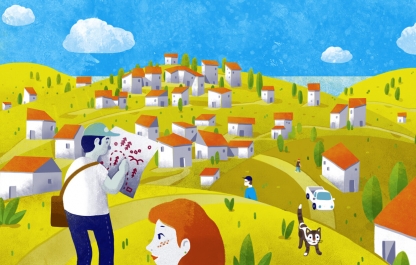Agios Ioannis Cathedral is located in the center of Nicosia next to the Arhbishop’s Palace. The cathedral was built in the 17th century during the Ottoman rule on the site of the 14th century chapel of the Benedictine Abbey. It is dedicated to St. John – an apostle particularly loved by Jesus who faithfully followed and spread God's word throughout his life.
It took almost a century to build the church. The exterior of the building has been preserved almost perfectly: the church is a single-aisled, vaulted basilica with external buttresses and a tall bell tower with a crown on top of it. The thick walls resemble those of a fortress and have small windows. The construction of the church faced many obstacles (e.g. during that time period no crosses were allowed on the roof of the church, bells could not be used to summon the faithful to prayer and churches were not allowed to be tall). Therefore, the church is partly sunk into the ground, which means that visitors must walk down a flight of steps to enter it.
One of the cathedral’s main decorations is the gilded, wooden iconostasis. The icon of Agios Ioannis was painted in 1672 by Theodore Poulakis, a famous icon painter. The icons of Christ, the Virgin, John the Baptist and Saint Nicholas were painted by Ioannis Kornaros, a Cretan master. The altar space is decorated with frescoes describing events from the Old Testaments. These images include the Binding of Isaac, the Holy Trinity, the Virgin Mary and all the Saints. The image of the Church Fathers is located in the bottom part of the apsis, while the Icon of Our Lady of the Sign is located in the semi-dome.
The dome and the walls have been decorated with colorful frescoes, many of which are unique or rare. “The Heavenly Liturgy” – a painting depicting the Savior as the Great Archbishop, surrounded by Heavenly Forces and with both hands raised in blessing – is located directly in front of the iconostasis. The southern side of the aisle features images that describe the Church of Cyprus’ struggle for independence. These include an image of St. Barnabas appearing to Archbishop Anthemios in his sleep, as well as an image showing the presentation of the Gospel according to Matthew to Emperor Zeno.
In addition to the traditional scenes from the life of Jesus, there are less popular images, such as the “Doubting of Saint Thomas” and “The circumcision of Jesus” – a truly rare painting for Cyprus. The Gospel according to Luke states that on the 8th day after the birth of Jesus, Mary and Joseph brought their Child to church to be circumcised and named. This event is thought to be the prototype for the baptism. Being the island’s only visual portrayal of the ceremony, the fresco is of great artistic and historic importance.


